Home>Technology>Home Entertainment Systems>Where To Place Home Theater Speakers
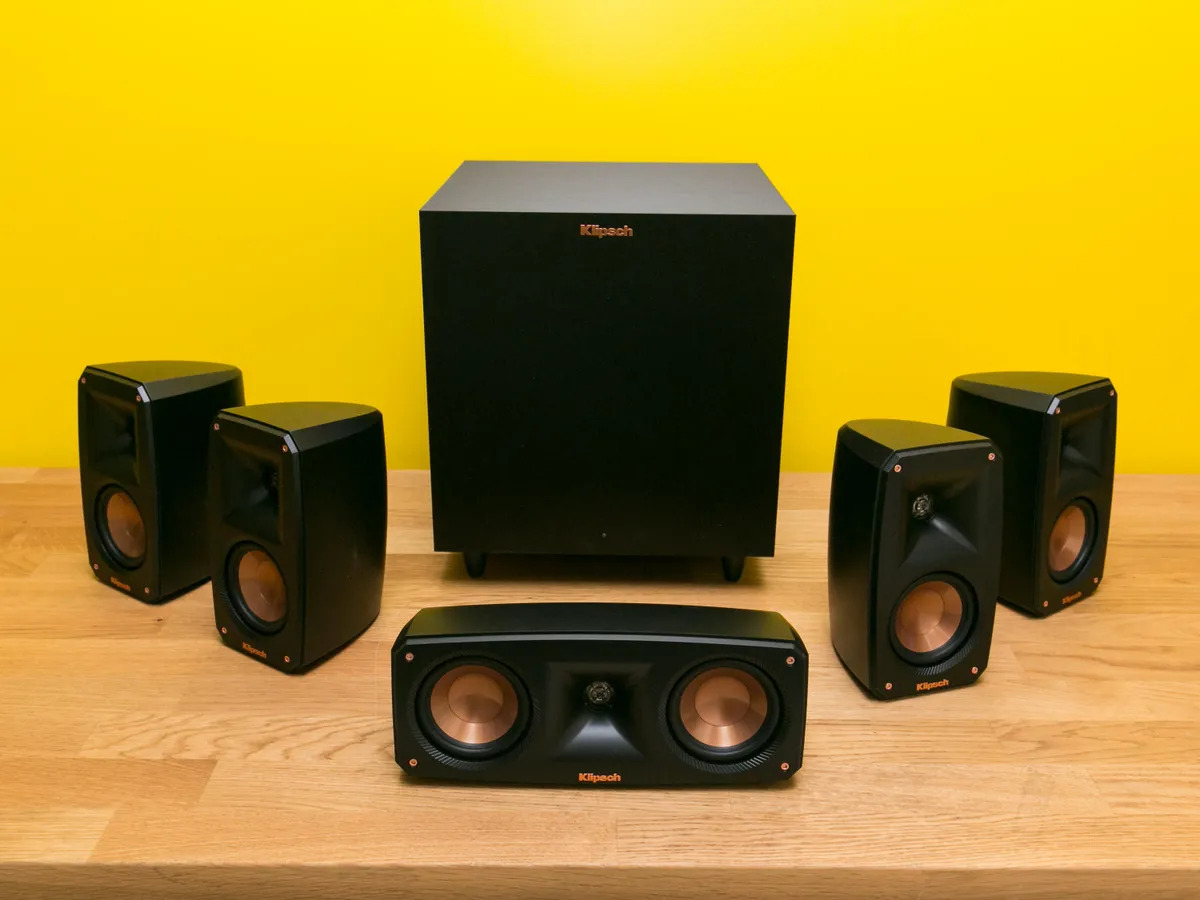

Home Entertainment Systems
Where To Place Home Theater Speakers
Published: February 15, 2024
Discover the best locations for your home entertainment system speakers. Learn where to place home theater speakers for optimal sound quality and immersive audio experience.
(Many of the links in this article redirect to a specific reviewed product. Your purchase of these products through affiliate links helps to generate commission for Storables.com, at no extra cost. Learn more)
Introduction
Creating an immersive home entertainment experience involves more than just investing in high-quality audio equipment. The placement of your home theater speakers plays a pivotal role in delivering captivating sound that envelops you in the action, drama, or music. Whether you're a cinephile seeking to replicate the theater experience or a music enthusiast yearning for concert-like audio fidelity, understanding where to position your speakers is crucial.
In this comprehensive guide, we will delve into the art and science of speaker placement, offering valuable insights and practical tips to help you optimize your home theater system. From the front left and right speakers to the strategically positioned subwoofer, each element contributes to the overall sonic landscape, enhancing your viewing and listening pleasure.
By mastering the art of speaker placement, you can unlock the full potential of your audio setup, ensuring that every whisper, explosion, or musical note resonates with clarity and depth. So, let's embark on this journey to unravel the secrets of optimal speaker placement, empowering you to transform your living space into a captivating audio haven.
Key Takeaways:
- Positioning home theater speakers strategically is crucial for creating an immersive audio experience. Consider speaker height, distance, and angle for optimal sound distribution and realism.
- Experiment with subwoofer placement to find the best spot for balanced and impactful bass. Consider room acoustics and orientation for a more immersive audio experience.
Read more: Where To Place Subwoofer In Home Theater
Understanding Speaker Placement
Speaker placement is a critical aspect of setting up a home entertainment system. It involves strategically positioning each speaker to achieve optimal audio performance and create a captivating listening experience. Understanding the principles of speaker placement is essential for harnessing the full potential of your home theater system.
The primary goal of speaker placement is to create a cohesive and immersive soundstage that envelops the listener. This entails achieving a balanced distribution of sound throughout the viewing area, whether it's a dedicated home theater room or a multi-purpose living space. By carefully situating the speakers, you can ensure that dialogue, music, and sound effects are rendered with precision and clarity, enhancing the overall enjoyment of movies, TV shows, and music.
Moreover, speaker placement directly impacts the localization of sound. Properly positioned speakers can accurately reproduce the spatial cues embedded in audio content, allowing the listener to perceive the direction from which sounds originate. This spatial accuracy adds depth and realism to the audio, contributing to a more engaging and lifelike sonic experience.
Furthermore, understanding speaker placement involves considering the interaction between the speakers and the acoustics of the room. The size, shape, and furnishings within the room can influence how sound waves propagate and interact with surfaces, affecting the overall sonic character. By taking these factors into account, you can optimize speaker placement to mitigate acoustic anomalies and achieve a more balanced and natural sound reproduction.
In essence, mastering speaker placement involves a blend of technical knowledge and practical considerations. It requires a keen understanding of audio principles, coupled with an appreciation for the unique characteristics of your living space. By carefully calibrating the position of each speaker, you can unlock the true potential of your home entertainment system, elevating the audio experience to new heights of immersion and enjoyment.
Front Left and Right Speakers
The front left and right speakers serve as the cornerstone of your home theater audio setup, anchoring the sonic landscape and delivering essential elements of the soundstage. Positioned on either side of the display or projection screen, these speakers play a pivotal role in reproducing dialogue, music, and a significant portion of sound effects. When placed correctly, they contribute to a cohesive and immersive listening experience, enhancing the overall enjoyment of movies, TV shows, and music.
To optimize the performance of the front left and right speakers, it's crucial to position them at ear level when seated in the primary listening area. Ideally, the tweeters, which emit high-frequency sounds, should be roughly aligned with ear height to ensure that the audio is directed towards the listener without any obstructions. This alignment helps in preserving the tonal balance and spatial accuracy of the sound, allowing for a more natural and engaging listening experience.
Additionally, the distance between the front left and right speakers should be approximately equal to the distance from each speaker to the primary listening position. This symmetrical arrangement helps in creating a well-defined and balanced soundstage, where the audio appears to emanate from the on-screen action or musical performance with precision and clarity.
Furthermore, it's essential to consider the angle of the front left and right speakers in relation to the primary listening area. By angling the speakers slightly inward, towards the center of the seating area, you can enhance the coherence of the soundstage and improve the localization of audio cues. This deliberate angling helps in creating a more enveloping and immersive listening experience, where the boundaries between the physical speakers and the sonic environment blur, drawing the listener deeper into the audio content.
Moreover, the placement of the front left and right speakers should take into account any potential obstructions or reflective surfaces that may impact the sound quality. It's advisable to position the speakers away from large furniture or other obstacles that could obstruct the direct path of sound waves, ensuring that the audio reaches the listener without significant interference. Additionally, minimizing the reflective surfaces near the speakers can help in reducing unwanted sonic reflections, contributing to a cleaner and more articulate sound reproduction.
In summary, the front left and right speakers play a pivotal role in shaping the sonic landscape of your home entertainment system. By carefully positioning these speakers at ear level, maintaining symmetrical placement, angling them towards the listening area, and mitigating potential obstructions and reflections, you can optimize their performance and elevate the overall audio experience to new heights of immersion and enjoyment.
Center Channel Speaker
The center channel speaker holds a crucial position in a home theater audio setup, serving as the linchpin for dialogue reproduction and anchoring the sonic imagery to the on-screen action. Positioned either above or below the display screen, the center channel speaker plays a pivotal role in delivering clear and intelligible dialogue, ensuring that every spoken word is rendered with precision and clarity.
When it comes to the placement of the center channel speaker, precision is paramount. Ideally, the speaker should be positioned at ear level when seated in the primary listening area, aligning the tweeter with the listener's ear height. This alignment is essential for ensuring that dialogue emanates directly from the on-screen characters, creating a seamless and immersive audiovisual experience. Additionally, centering the speaker relative to the display screen helps in anchoring the dialogue to the visual elements, enhancing the coherence of the audio-visual presentation.
Furthermore, the center channel speaker should be placed equidistant from the front left and right speakers, maintaining a symmetrical arrangement that contributes to a cohesive and balanced soundstage. This symmetrical positioning helps in preserving the spatial accuracy of the audio, ensuring that dialogue and sound effects seamlessly integrate with the on-screen action, enhancing the overall realism and immersion.
In addition to its horizontal placement, the center channel speaker's vertical positioning is equally critical. If the speaker is placed below the display screen, it's essential to angle it slightly upwards to direct the sound towards the primary listening area. Conversely, if the speaker is positioned above the screen, a slight downward tilt can help in directing the audio towards the audience, ensuring that dialogue is projected with optimal clarity and coherence.
Moreover, minimizing potential obstructions and reflective surfaces near the center channel speaker is essential for optimizing its performance. By ensuring that the speaker's path is unobstructed and minimizing reflective surfaces in its vicinity, you can mitigate sonic interference and enhance the overall intelligibility and articulation of dialogue, contributing to a more immersive and engaging listening experience.
In essence, the center channel speaker's placement is a critical factor in achieving a captivating and immersive home theater audio experience. By carefully positioning the speaker at ear level, maintaining symmetrical arrangement, optimizing its vertical orientation, and mitigating potential obstructions and reflections, you can harness the full potential of the center channel speaker, ensuring that dialogue is rendered with clarity and precision, enriching the overall audio-visual presentation.
Place front speakers at ear level, slightly angled towards the seating area. Rear speakers should be placed behind and above the seating area for surround sound. Experiment with positioning for best sound.
Surround Speakers
Surround speakers play a pivotal role in elevating the immersive quality of a home theater audio setup, enveloping the listener in a 360-degree sonic environment that enhances the realism and depth of the audio experience. Positioned to the sides or behind the primary listening area, these speakers are tasked with reproducing ambient sounds, spatial cues, and immersive effects that transport the audience into the heart of the action, whether it's the rustling of leaves in a forest scene or the reverberating echoes of a concert hall.
The placement of surround speakers is a critical consideration for achieving optimal audio performance. When positioning these speakers, it's essential to create a sense of envelopment without overpowering the primary audio from the front speakers. Ideally, surround speakers should be placed slightly above ear level when seated, allowing the sound to cascade down from a height, creating a more diffuse and enveloping sonic experience. This elevated placement helps in diffusing the directional cues, contributing to a more seamless integration of ambient sounds and immersive effects within the listening environment.
Furthermore, the distance between the surround speakers and the primary listening area should be carefully calibrated to achieve a balanced and cohesive soundstage. Placing the surround speakers too close may result in an overly localized and distracting effect, while positioning them too far may diminish their impact on the overall sonic environment. Striking a harmonious balance that complements the front speakers' output is essential for creating a captivating and immersive audio experience.
In addition to their lateral positioning, the angle of the surround speakers relative to the primary listening area is a crucial factor. By directing the speakers towards the audience, you can enhance the localization of ambient effects and spatial cues, creating a more enveloping and immersive sonic environment. This deliberate angling helps in extending the sonic landscape beyond the physical boundaries of the room, drawing the listener deeper into the audio content and enhancing the overall sense of immersion.
Moreover, minimizing potential obstructions and reflective surfaces near the surround speakers is essential for optimizing their performance. By ensuring that the path of sound from the surround speakers is unobstructed and minimizing reflective surfaces in their vicinity, you can mitigate sonic interference and enhance the overall coherence and spatial accuracy of the surround sound field, contributing to a more captivating and lifelike audio experience.
In essence, the placement of surround speakers is a critical element in creating a captivating and immersive home theater audio environment. By carefully positioning these speakers at an elevated level, calibrating their distance from the primary listening area, optimizing their angle, and mitigating potential obstructions and reflections, you can harness the full potential of surround sound, enveloping the audience in a rich and immersive sonic experience that transcends the confines of the physical space.
Subwoofer Placement
The subwoofer, often referred to as the "heart" of a home theater audio system, is responsible for delivering the low-frequency effects that add depth, impact, and visceral energy to movies, music, and games. Achieving optimal subwoofer placement is crucial for maximizing its performance and seamlessly integrating powerful bass into the overall sonic landscape.
When it comes to subwoofer placement, strategic positioning is key to unlocking its full potential. Unlike the other speakers in the system, which are designed to reproduce a wide range of frequencies, the subwoofer specifically handles the deep bass frequencies that provide weight and impact to the audio. As such, its placement within the listening environment significantly influences the overall bass response and can profoundly impact the immersive quality of the audio experience.
Ideally, the subwoofer should be placed near the front of the room, as this location often yields the most balanced and cohesive bass distribution. Placing the subwoofer in the front of the room helps in anchoring the low-frequency effects to the on-screen action, creating a more seamless integration of bass with the audio and visual elements. Additionally, positioning the subwoofer near the front speakers can help in maintaining a cohesive sonic character, ensuring that the bass seamlessly complements the midrange and high-frequency output from the other speakers.
Furthermore, experimenting with subwoofer placement within the front of the room can yield valuable insights into optimizing bass performance. Placing the subwoofer along the front wall, near the center channel speaker, can help in achieving a balanced and centered bass response, enhancing the coherence of the low-frequency effects. Alternatively, positioning the subwoofer in a corner of the room can leverage the acoustic reinforcement provided by the walls, resulting in a more pronounced and impactful bass output. Careful experimentation and listening tests can help in determining the optimal placement that best suits the room's acoustics and the listener's preferences.
In addition to its lateral positioning, the orientation of the subwoofer within the room is a critical consideration. Placing the subwoofer with its driver facing into the room, rather than towards a wall, can help in achieving a more even and consistent bass response. This orientation allows the low-frequency sound waves to propagate more freely, minimizing potential cancellations and reinforcements that can occur when the subwoofer is positioned directly against a wall.
Moreover, considering the interaction between the subwoofer and the room's acoustics is essential for optimizing its performance. The size, shape, and furnishings within the room can influence how bass frequencies propagate and interact with surfaces, impacting the overall bass response. By experimenting with subwoofer placement and conducting simple room calibration procedures, such as adjusting the subwoofer's volume and phase settings, you can fine-tune the bass performance to achieve a more balanced and impactful low-frequency output.
In essence, subwoofer placement plays a pivotal role in shaping the overall bass response and enhancing the immersive quality of a home theater audio system. By strategically positioning the subwoofer near the front of the room, experimenting with its placement within the space, optimizing its orientation, and considering the room's acoustics, you can unleash the full potential of the subwoofer, ensuring that the low-frequency effects resonate with depth, impact, and precision, enriching the overall audio experience.
Additional Tips for Speaker Placement
When it comes to optimizing the placement of home theater speakers, attention to detail and thoughtful considerations can significantly enhance the overall audio performance and listening experience. Beyond the fundamental positioning of front, center, surround speakers, and subwoofers, several additional tips and best practices can further elevate the sonic immersion and coherence within the listening environment.
-
Room Acoustics: Understanding the acoustic characteristics of the room is paramount for achieving optimal speaker placement. Factors such as room dimensions, wall materials, and furnishings can influence sound propagation and reflections. Consider employing acoustic treatments, such as strategically placed absorptive panels or diffusers, to mitigate unwanted reflections and enhance the overall sonic clarity.
-
Speaker Isolation: To minimize unwanted vibrations and resonance, utilizing speaker isolation pads or stands can effectively decouple the speakers from the supporting surfaces. This isolation helps in reducing sonic coloration and ensures that the speakers reproduce audio with greater fidelity and precision.
-
Calibration and Testing: Leveraging audio calibration tools and conducting listening tests can provide valuable insights into fine-tuning speaker placement. Experimenting with slight adjustments in speaker positioning and conducting frequency response measurements can help in identifying the optimal placement that complements the room's acoustics and the listener's preferences.
-
Wire Management: Ensuring tidy and organized wire management not only enhances the visual aesthetics of the setup but also minimizes potential interference with the speaker's performance. Utilize cable management solutions to neatly route and conceal speaker wires, reducing the risk of signal degradation and maintaining a clutter-free environment.
-
Optimizing Reflections: Strategic placement of reflective surfaces, such as strategically positioned mirrors or wall treatments, can help in redirecting and diffusing sound waves, contributing to a more spacious and enveloping sonic environment. Careful consideration of reflective elements within the room can enhance the overall sense of sonic immersion and spaciousness.
-
Listening Position: While speaker placement is crucial, the positioning of the primary listening area also plays a significant role in optimizing the overall sonic experience. Ensuring that the primary seating area is positioned at an optimal distance and angle relative to the speakers can further enhance the coherence and balance of the soundstage.
By incorporating these additional tips into the speaker placement strategy, enthusiasts can elevate their home theater audio setup to new heights of sonic excellence, ensuring that every cinematic moment and musical passage is rendered with precision, depth, and immersive realism.
Conclusion
In the realm of home entertainment, the art and science of speaker placement stand as a testament to the pursuit of sonic excellence. As we conclude this comprehensive exploration of optimal speaker placement for home theater systems, it becomes evident that the positioning of front, center, surround speakers, and subwoofers is not merely a technical endeavor but a transformative journey that shapes the very essence of the audio experience.
By meticulously calibrating the placement of front left and right speakers, we lay the foundation for a captivating sonic landscape, where dialogue, music, and sound effects converge with precision and clarity. The symmetrical arrangement, careful angling, and strategic positioning of these speakers serve as pillars that uphold the immersive quality of the audio, enveloping the listener in a rich tapestry of sound.
The center channel speaker, positioned as the custodian of dialogue and sonic anchorage, emerges as a linchpin that bridges the gap between the visual and auditory realms. Its precise alignment, symmetrical placement, and meticulous orientation ensure that every spoken word resonates with clarity, seamlessly integrating with the on-screen action to create a cohesive audio-visual presentation.
The surround speakers, positioned to extend the sonic environment beyond the confines of the room, elevate the immersive quality of the audio experience. Through elevated placement, careful calibration of distance, and deliberate angling, these speakers transport the listener into a 360-degree sonic realm, where ambient sounds and spatial cues converge to create a captivating and enveloping audio environment.
The subwoofer, revered for its prowess in delivering visceral bass impact, finds its resonance through strategic placement and thoughtful orientation. By anchoring the low-frequency effects to the front of the room, experimenting with placement, optimizing orientation, and considering the room's acoustics, the subwoofer breathes life into the audio, adding depth, impact, and visceral energy to every sonic nuance.
Furthermore, the additional tips for speaker placement, encompassing considerations for room acoustics, speaker isolation, calibration, wire management, optimizing reflections, and the positioning of the primary listening area, serve as guiding beacons that illuminate the path to unparalleled sonic excellence.
In essence, the art of speaker placement transcends the mere arrangement of audio equipment; it embodies a symphony of precision, creativity, and technical finesse. It is a testament to the pursuit of audio perfection, where every element harmonizes to create an immersive and captivating sonic experience. As enthusiasts embark on their own odyssey of speaker placement, may this guide serve as a compass, guiding them towards a realm where every whisper, every note, and every sonic flourish resonates with unparalleled clarity, depth, and emotion.
Frequently Asked Questions about Where To Place Home Theater Speakers
Was this page helpful?
At Storables.com, we guarantee accurate and reliable information. Our content, validated by Expert Board Contributors, is crafted following stringent Editorial Policies. We're committed to providing you with well-researched, expert-backed insights for all your informational needs.


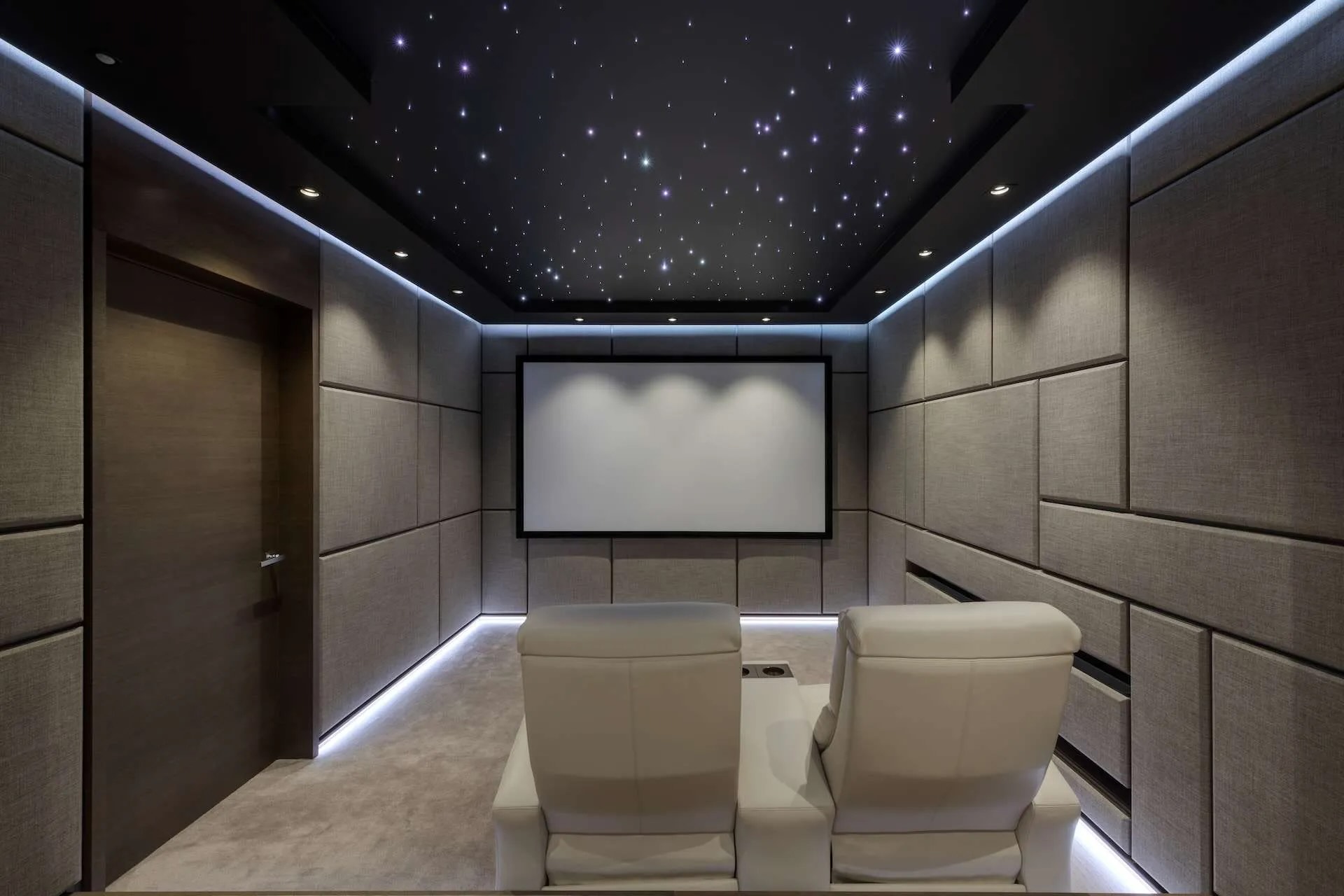
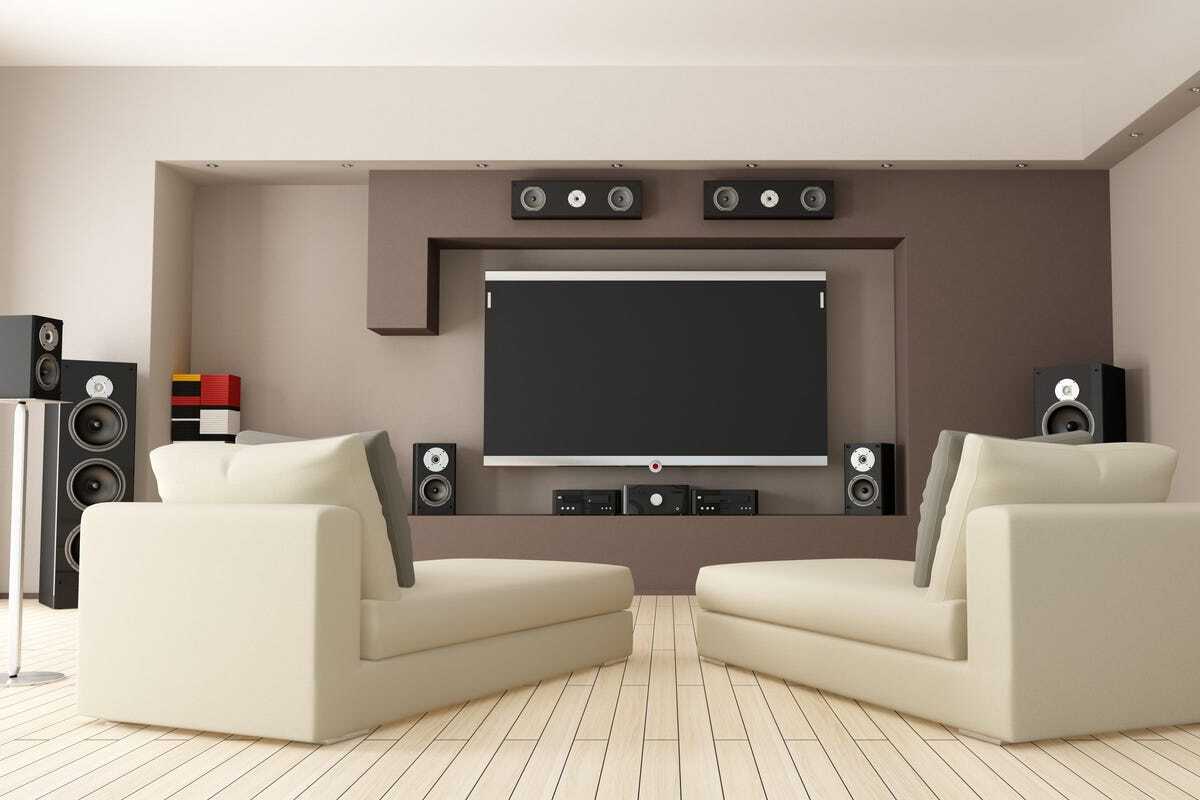
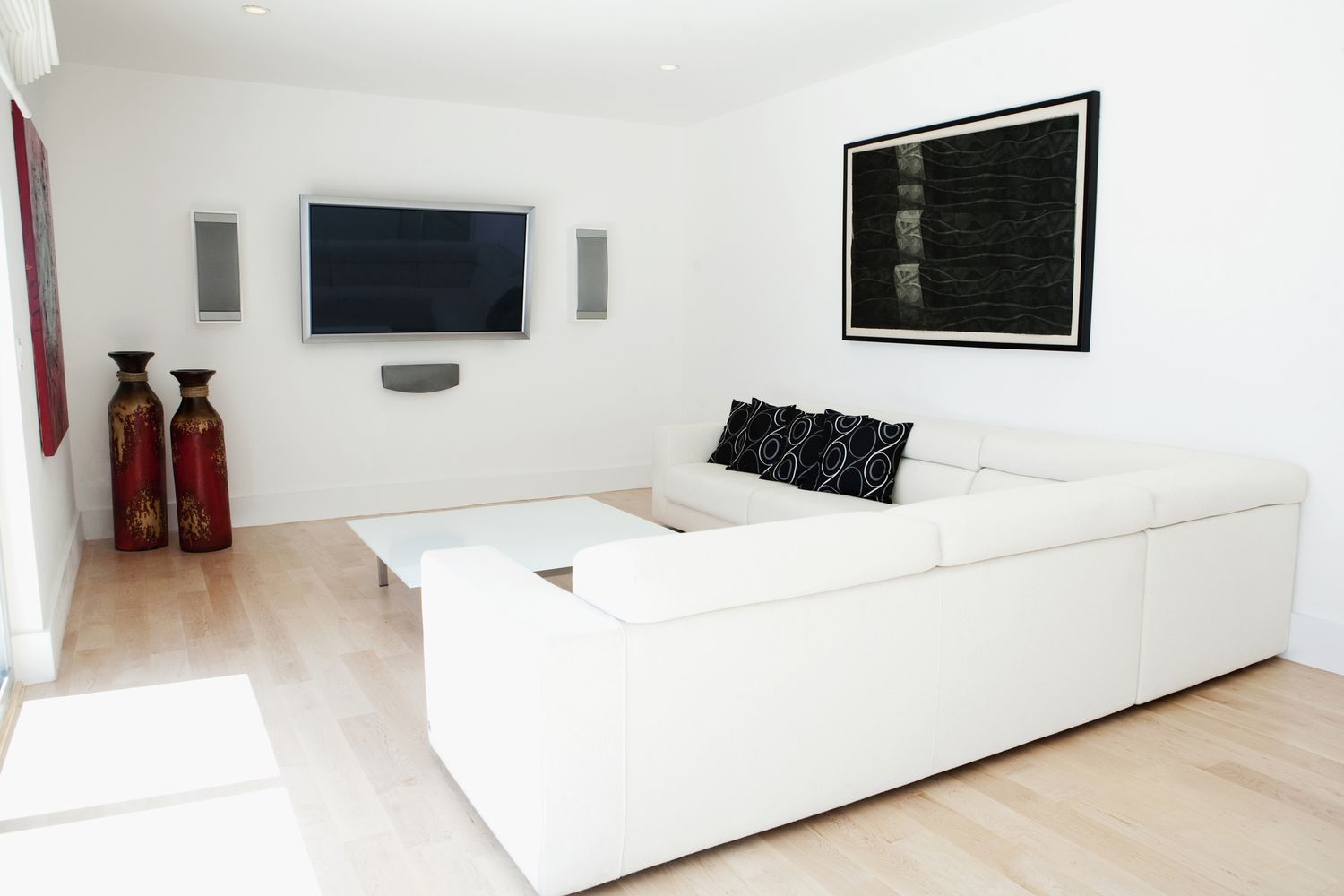
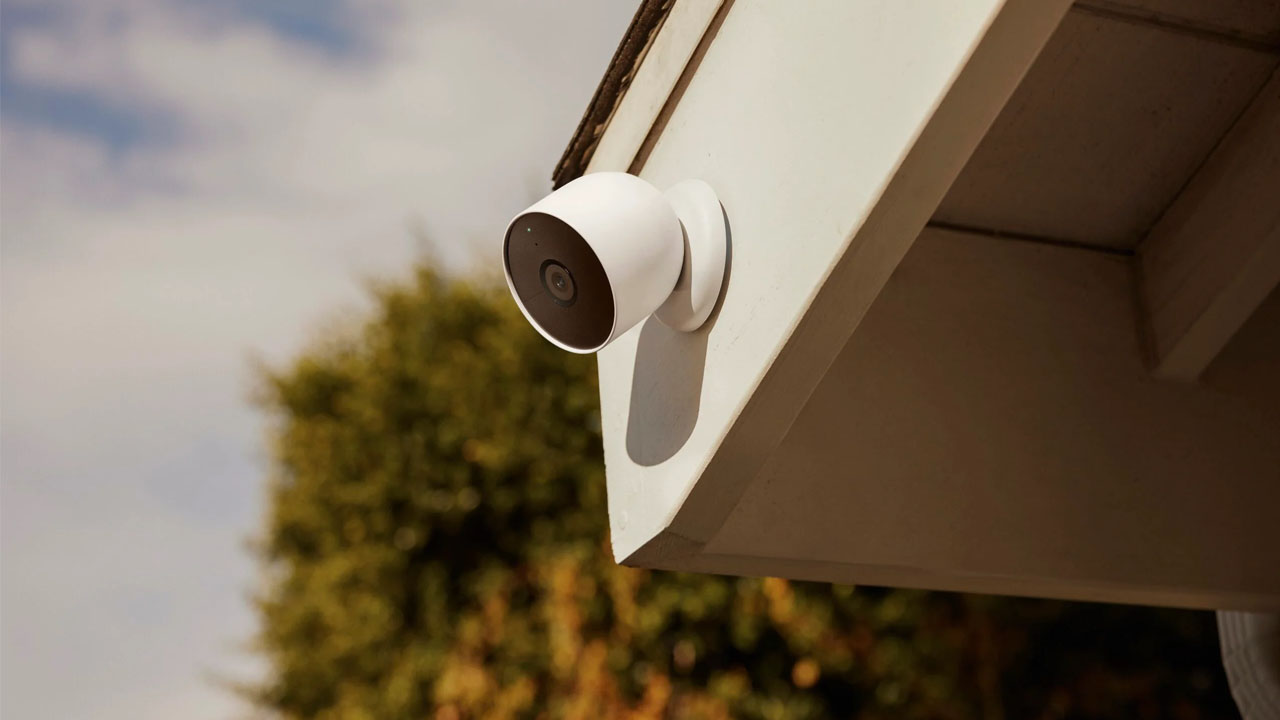
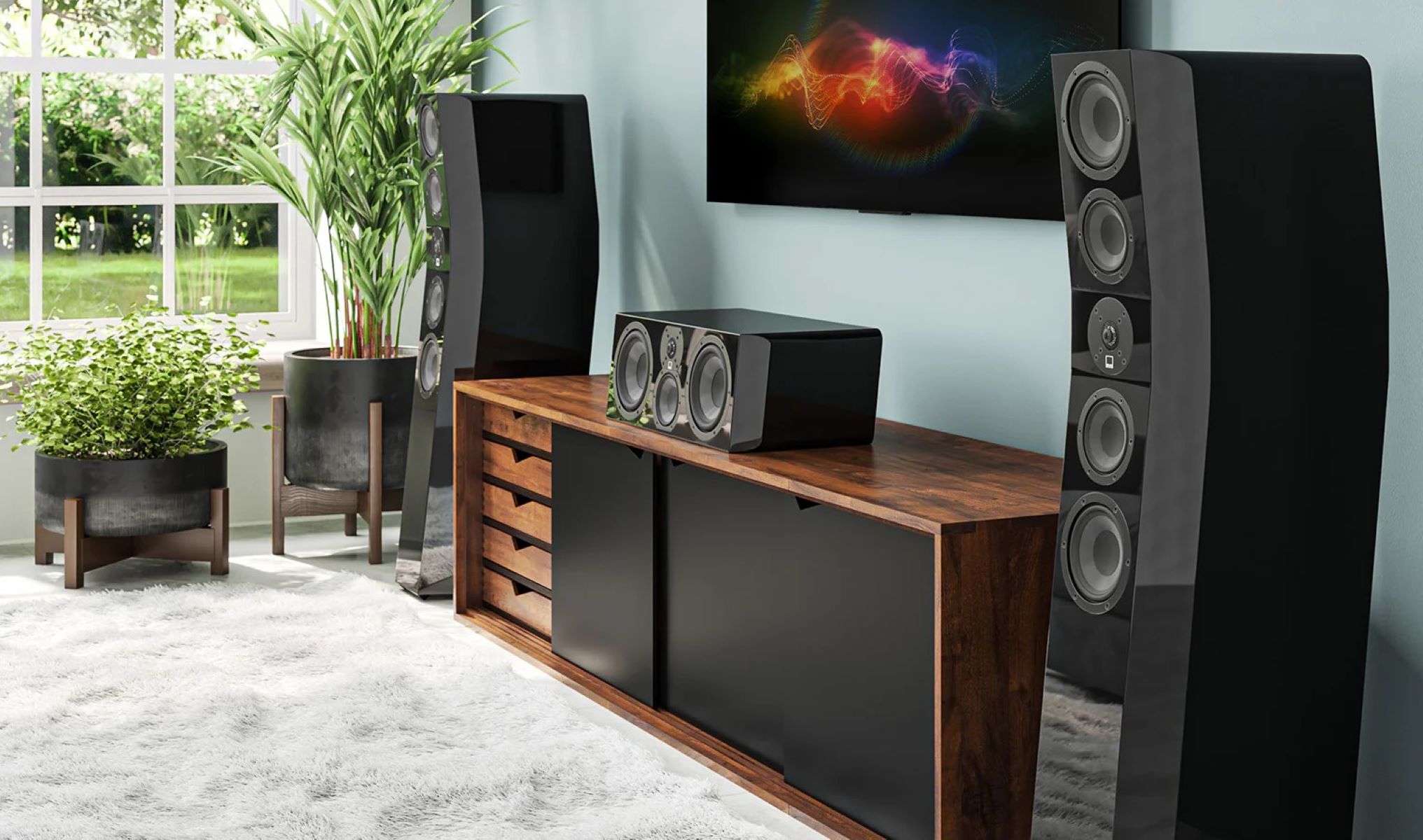
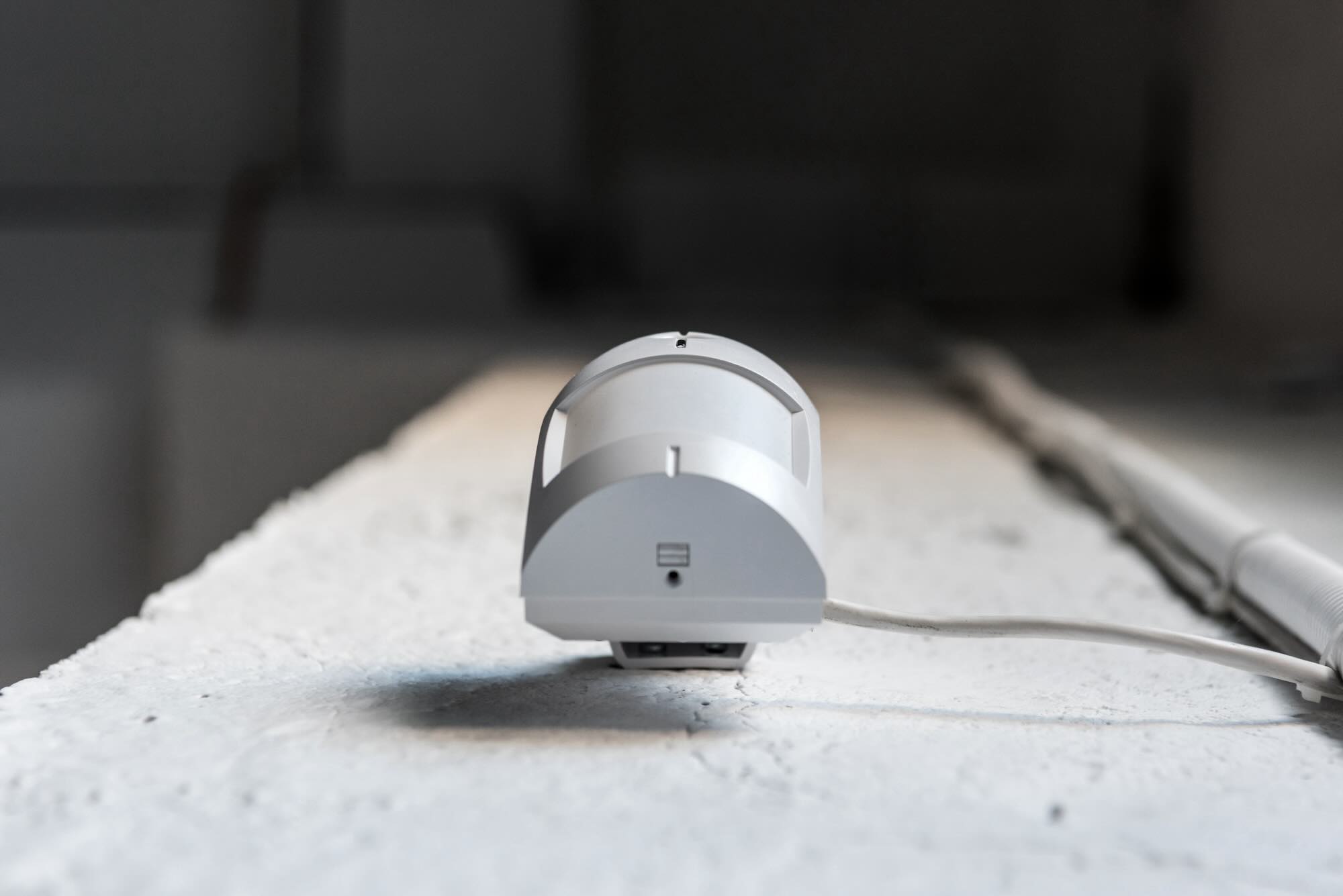
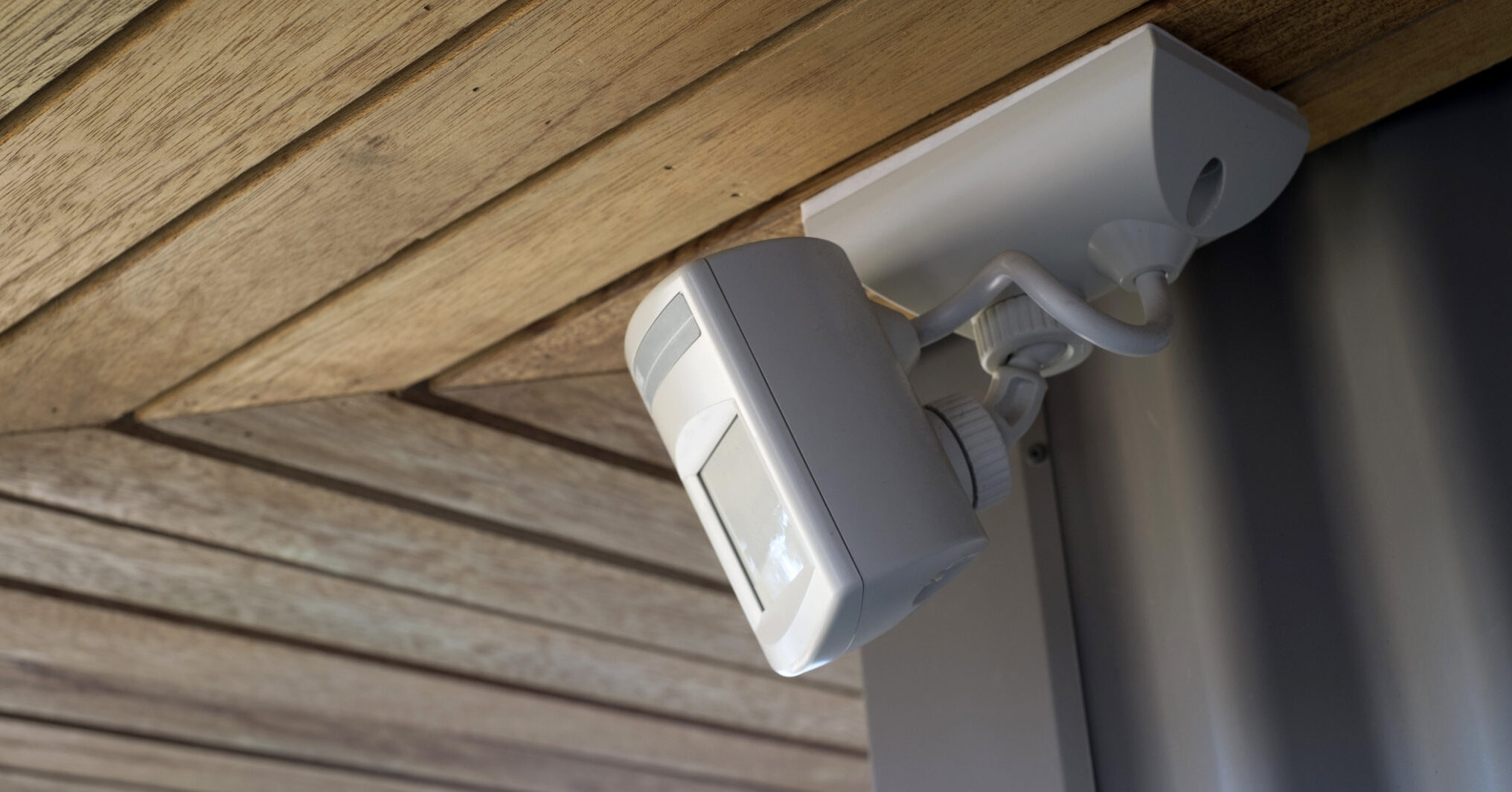

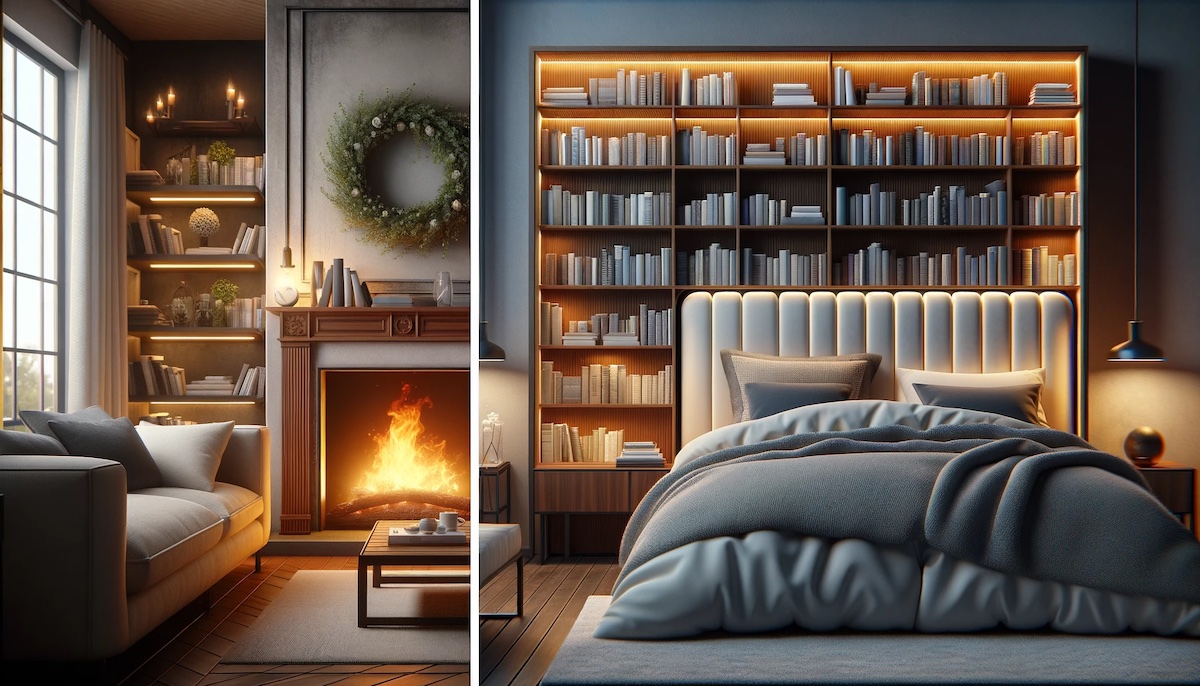

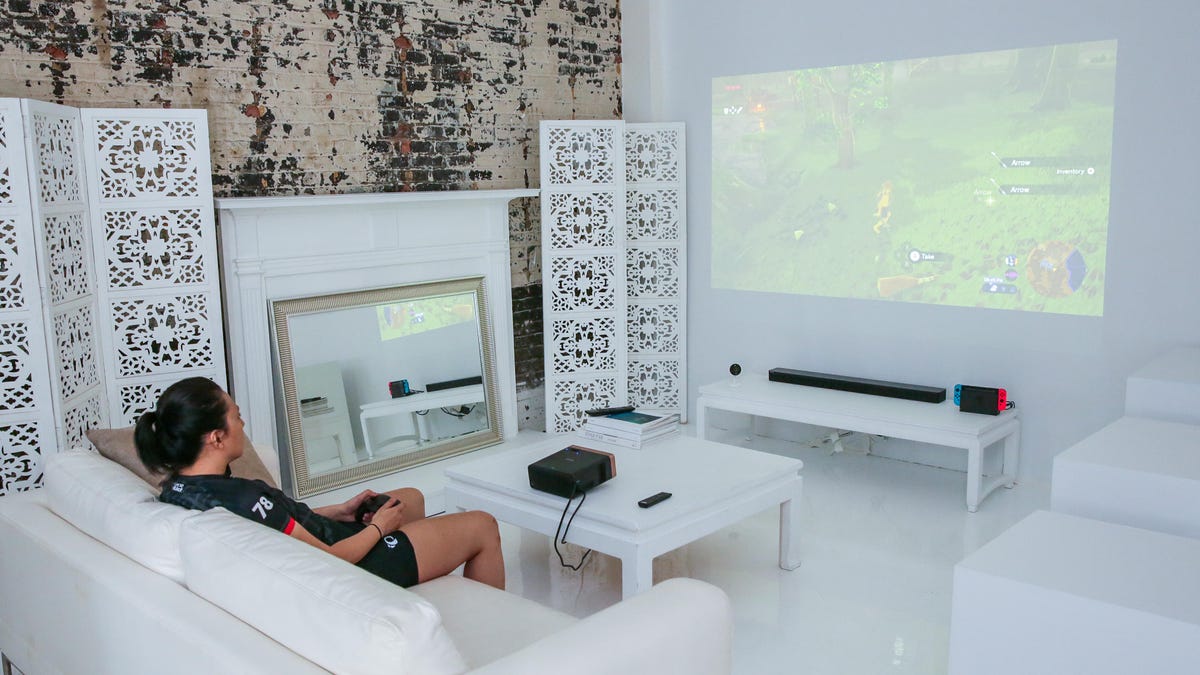


0 thoughts on “Where To Place Home Theater Speakers”